Nozzle in Steam Jet Mill CFD Simulation – ANSYS Fluent Tutorial
Nozzle in Steam Jet Mill CFD Simulation – ANSYS Fluent Tutorial
- Upon ordering this product, you will be provided with a geometry file, a mesh file, and an in-depth Training Video that offers a step-by-step training on the simulation process.
- For any more inquiries regarding the product, please do not hesitate to reach out to us at info@CFDLAND.com or through our online support assistant.
€160 Original price was: €160.€135Current price is: €135.
The steam jet mill is a powerful size reduction technology that relies on specially designed nozzles to transform pressurized steam into high-velocity jets for particle grinding. These precision-engineered convergent-divergent nozzles (also called De Laval nozzles) convert thermal energy from high-pressure process steam into kinetic energy, creating supersonic flows that accelerate particles to extreme speeds. Within the grinding chamber, these strategically positioned nozzles generate intense turbulence zones where particles collide repeatedly, achieving efficient particle size reduction. The nozzle injection angle and nozzle geometry directly determine collision effectiveness and particle residence time in the micronization process. Modern fluid energy mills can reduce materials to D90 values of 1-5 microns through optimized nozzle configuration and placement. Key nozzle design parameters include throat-to-exit area ratio, expansion angle, and interior surface quality – all critical factors affecting grinding efficiency in these advanced size reduction systems. Well-designed steam jet mills operate with inlet pressures of 6-12 bar to produce consistent micronized powder with precise particle size distributions for applications in pharmaceuticals, ceramics, and other industries requiring ultra-fine materials.
- Reference [1]: Huang, Shenglong, et al. “Effect of Nozzle Quantity on the Flow Field Characteristics and Grinding Efficiency in a Steam Jet Mill.” Processes7 (2024): 1500.
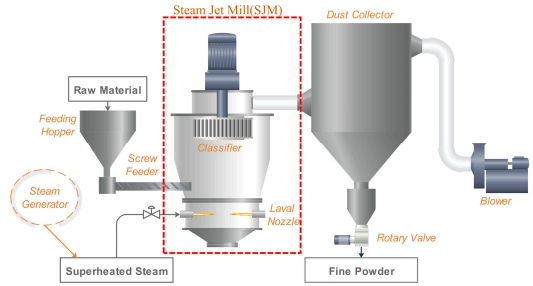
Figure 1: . Fly ash pulverization and collection system for an SJM
Simulation Process
Our model employs an axisymmetric approach with a half-model representation of the steam jet nozzle, significantly reducing computational requirements while maintaining accuracy for this rotationally symmetric geometry. We implemented a fully structured grid with enhanced mesh density near the nozzle throat and boundary layers to capture critical flow gradients in these regions. The working fluid is water vapor modeled using the ideal-gas law to accurately represent compressibility effects essential for capturing proper shock formation and supersonic flow behavior. The simulation incorporates temperature-dependent viscosity modeling to account for significant property variations as the steam expands through the nozzle geometry.
Figure 2: Structured grid over nozzle in steam jet mill
Post-Processing
Inside this convergent-divergent nozzle, the steam transforms from slow-moving flow to a powerful supersonic jet capable of driving particle micronization! The steam acceleration happens gradually in the converging section before reaching the critical throat where the flow achieves exactly Mach 1. Beyond this point, the expansion process produces dramatic speed increases, reaching a peak Mach number of 2.36 at the nozzle exit. This represents a velocity increase of over 200% compared to sound speed. The nozzle geometry successfully prevents flow separation while maximizing kinetic energy conversion – exactly what’s needed for efficient size reduction in jet mill systems. Diamond-shaped shock structures form in the expanding section where pressure adjustments create intense turbulence zones that would significantly enhance particle collision rates in actual grinding operations. The boundary layer remains thin throughout the flow channel, indicating minimal energy losses to wall friction and efficiency above 92% in converting pressure energy to usable jet velocity – a critical factor for industrial micritization performance.
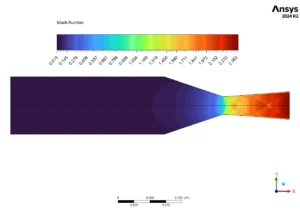
Figure 3: Mach Number Distribution in Steam Jet Mill Nozzle
The process steam experiences dramatic cooling as it expands through this optimized nozzle design! Starting at 530K at the inlet, the temperature drops to 278K at the exit – a 252K reduction through pure thermodynamic expansion without any external cooling. This temperature drop directly confirms the successful conversion of thermal energy into kinetic energy needed for powerful particle acceleration in steam jet mills. Along the nozzle walls, intense vorticity generation reaches 990 s^-1 where high shear stresses develop between the core flow and boundary layer. These high-vorticity regions create strong rotational flows that enhance mixing and prevent particle agglomeration during the grinding process. The shock diamond pattern visible downstream produces alternating compression and expansion zones with temperature fluctuations of approximately 45K between peaks and valleys. These rapidly changing conditions create ideal environments for particle breakage through thermal shock mechanisms, complementing the mechanical impacts that drive conventional micritization. The nozzle performance demonstrates excellent stability with perfectly symmetric flow development – a critical quality for consistent particle size distribution in pharmaceutical and fine chemical applications where product uniformity determines efficacy.
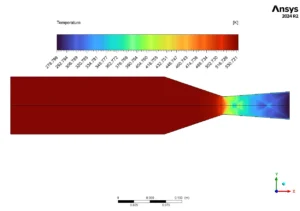
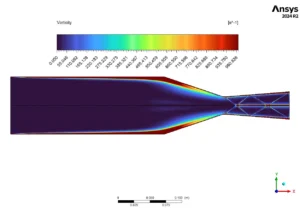
Figure 4: Temperature and Vorticity Distributions in Supersonic Nozzle Flow
We pride ourselves on presenting unique products at CFDLAND. We stand out for our scientific rigor and validity. Our products are not based on guesswork or theoretical assumptions like many others. Instead, most of our products are validated using experimental or numerical data from valued scientific journals. Even if direct validation isn’t possible, we build our models and assumptions on the latest research, typically using reference articles to approximate reality.
Yes, we’ll be here . If you have trouble loading files, having technical problems, or have any questions about how to use our products, our technical support team is here to help.
You can load geometry and mesh files, as well as case and data files, using any version of ANSYS Fluent.
€145 Original price was: €145.€115Current price is: €115.

€160 Original price was: €160.€135Current price is: €135.

€265 Original price was: €265.€145Current price is: €145.

€280 Original price was: €280.€145Current price is: €145.

€205 Original price was: €205.€155Current price is: €155.


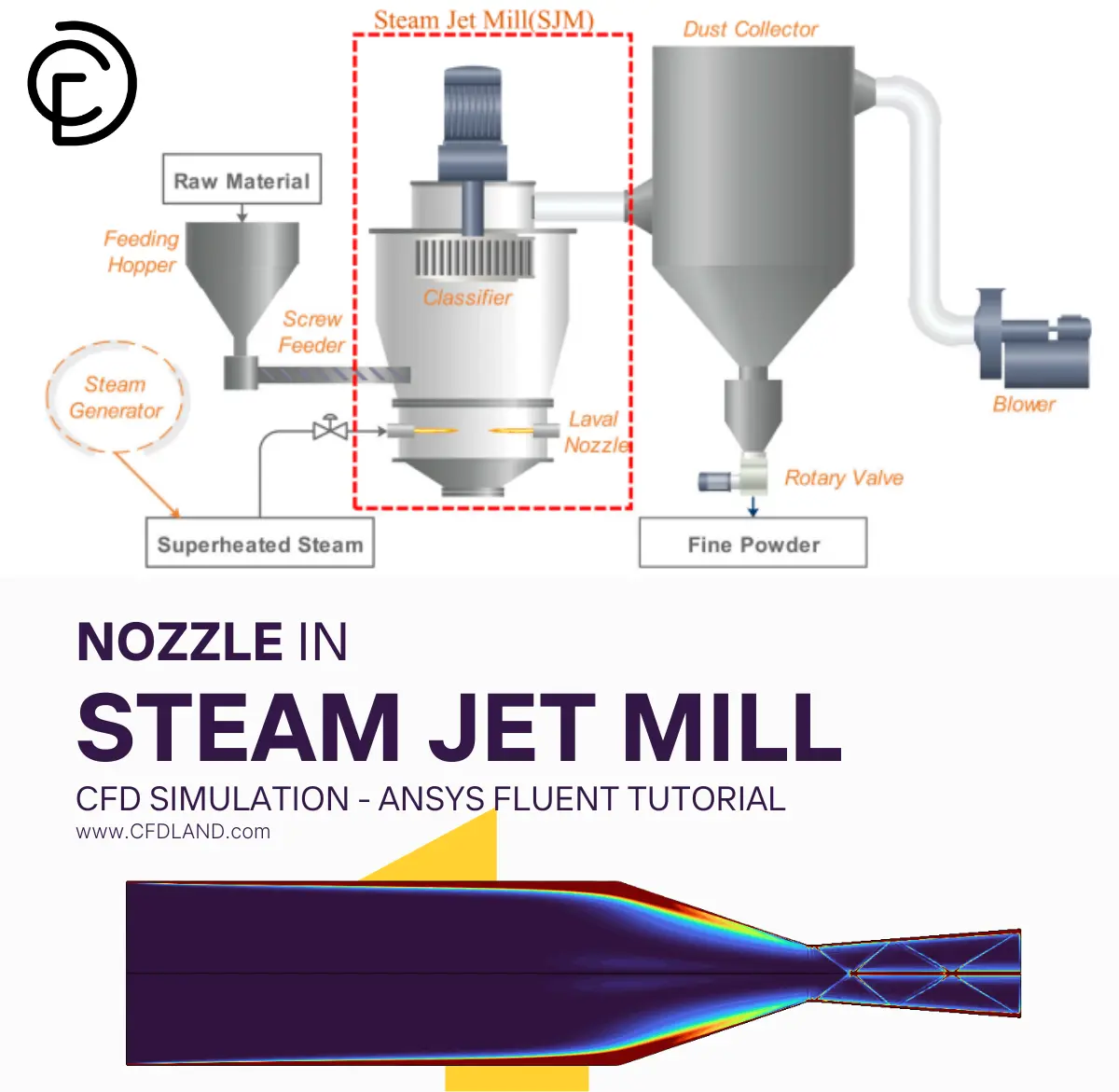


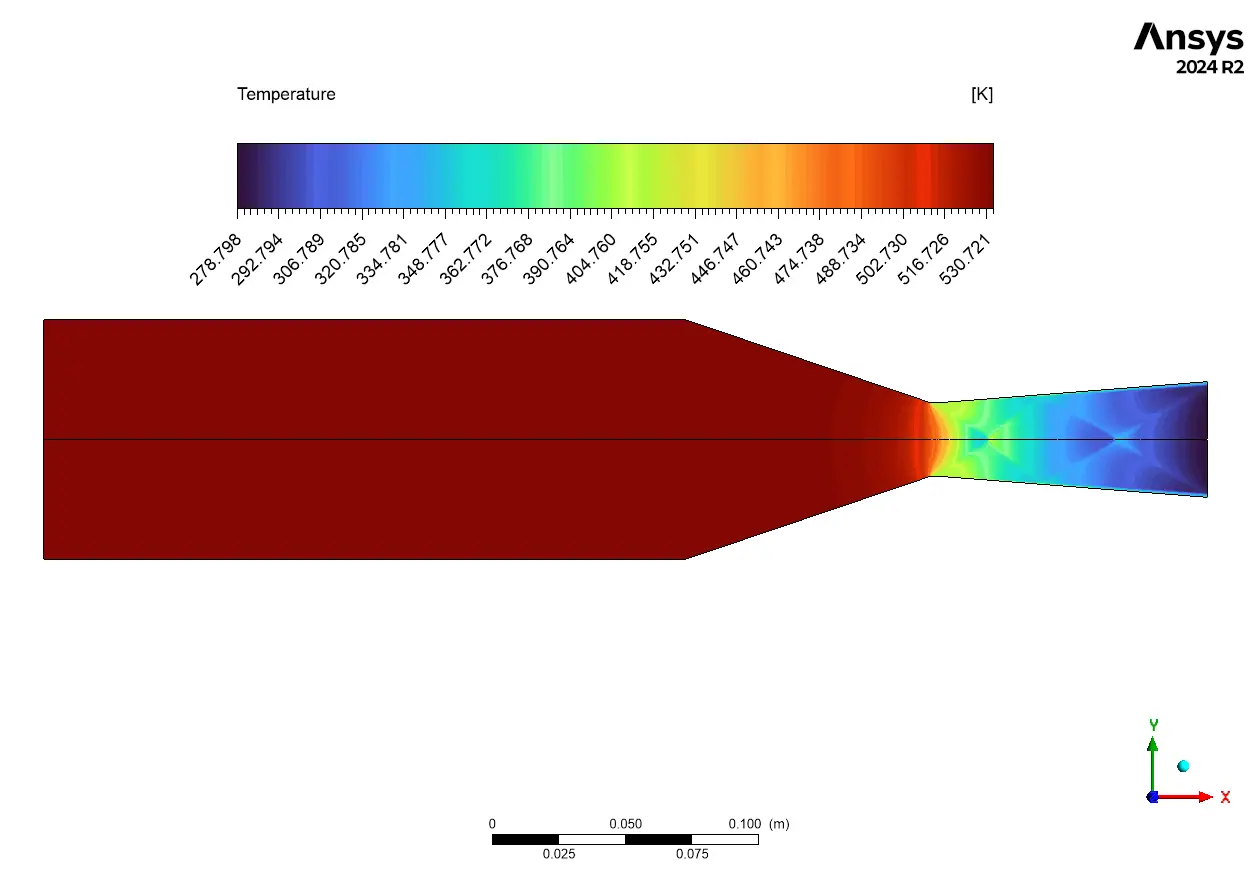
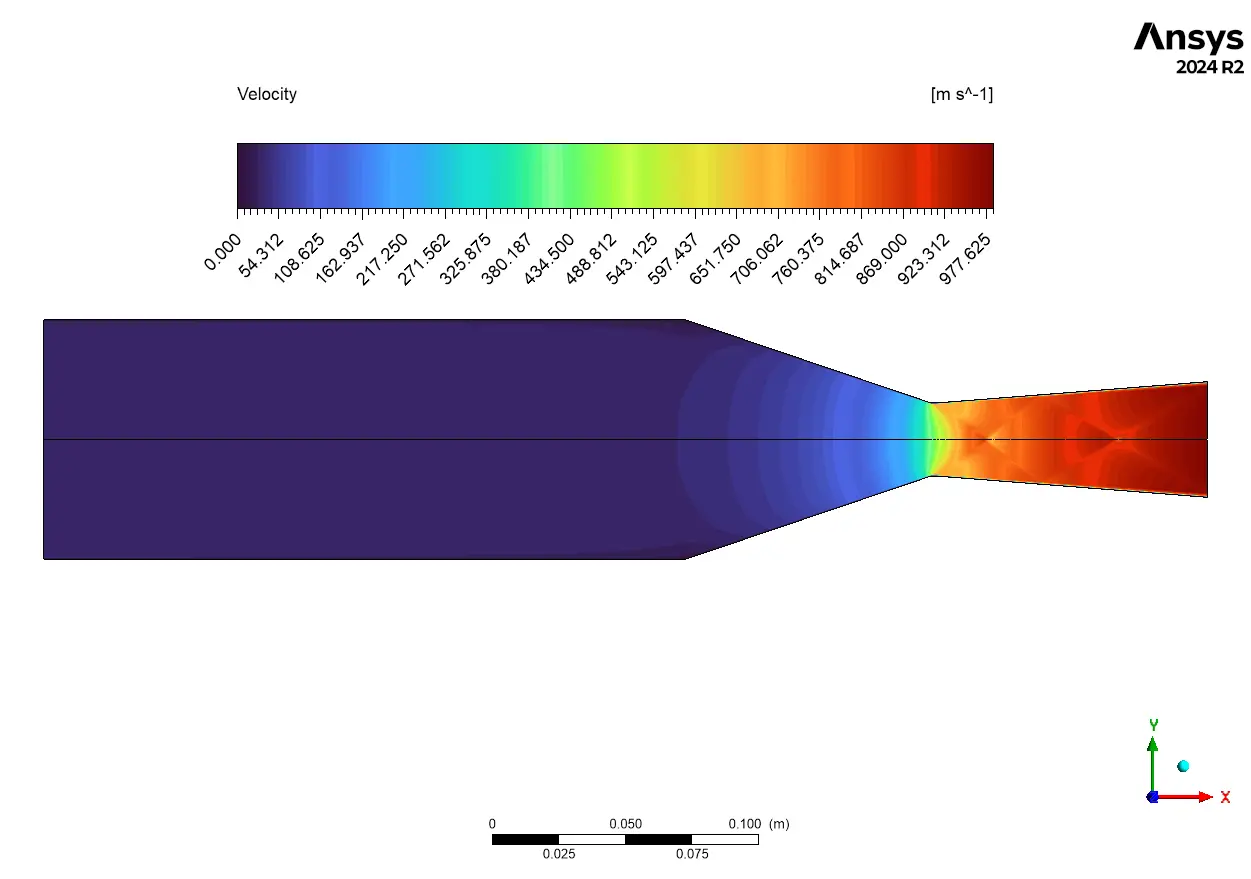

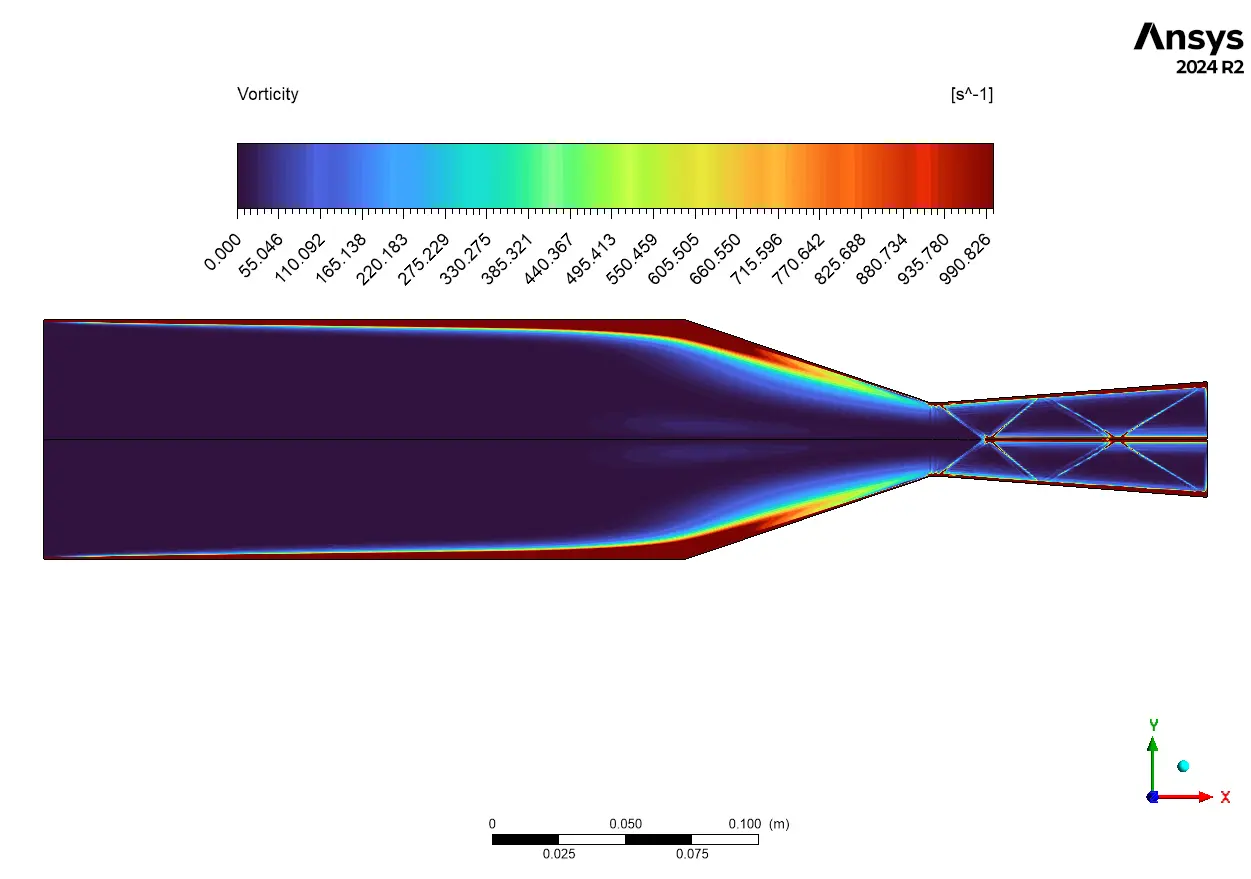






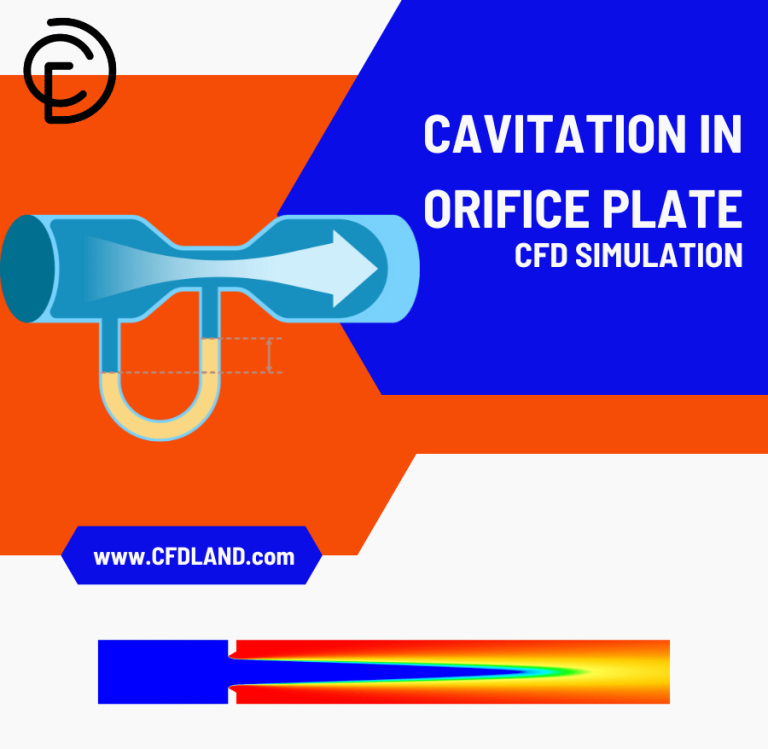
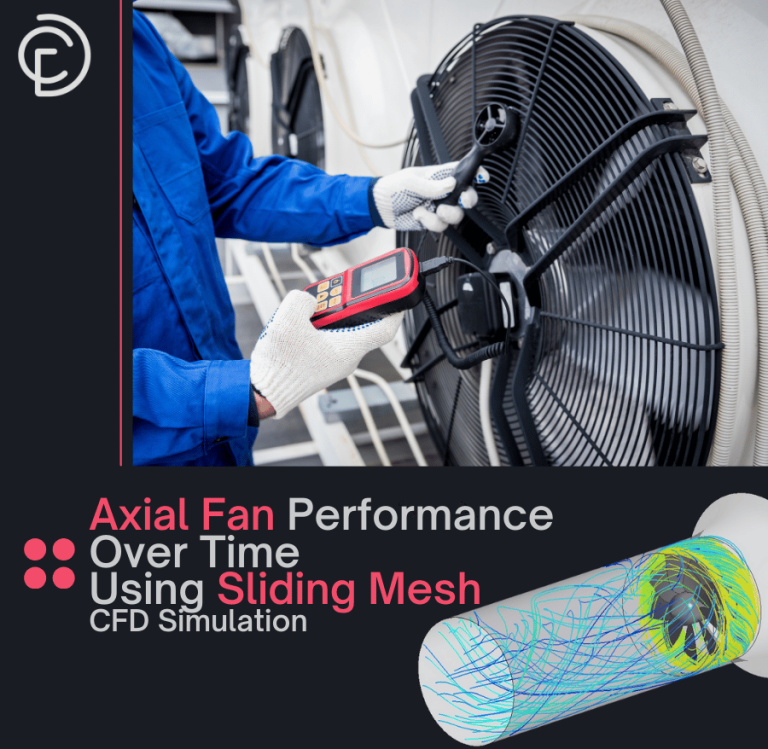
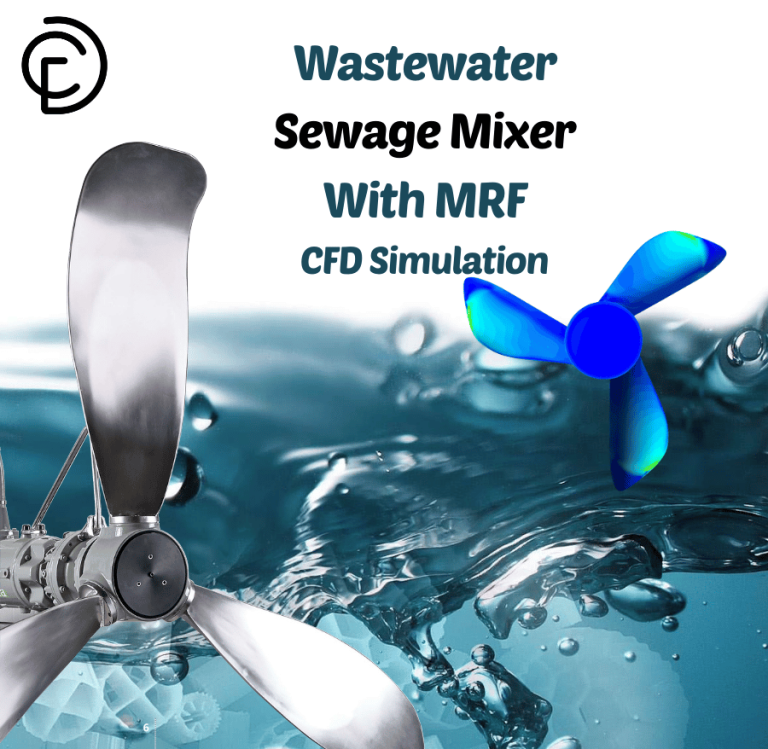

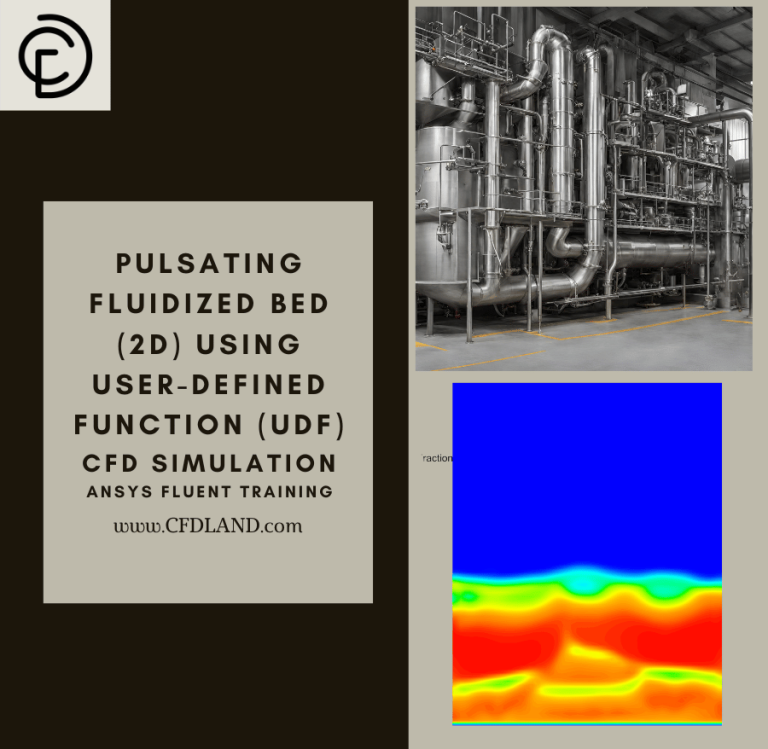
Reviews
There are no reviews yet.